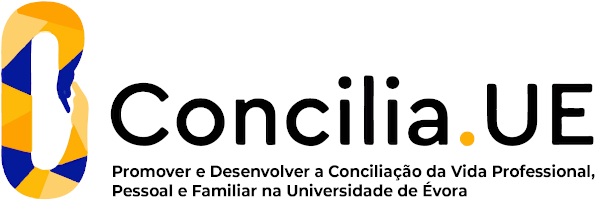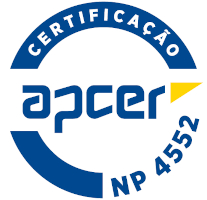2024
Epidemiology
Name: Epidemiology
Code: MVT15216I
3 ECTS
Duration: 15 weeks/78 hours
Scientific Area:
Veterinary Medicine
Teaching languages: Portuguese
Languages of tutoring support: Portuguese, English
Regime de Frequência: Presencial
Learning Goals
By this Curricular Unit completion, students should:
• Know the main tools in the field of epidemiology
• Recognize/design the main epidemiological studies and their characteristics
• Understand the determinants of health/disease at the population level
• Identify and know how to build the main health risk indicators
• Compare health/disease indicators between different populations
• Be able to interpret laboratory results
• Know how to establish causal links
• Select appropriate sampling for the intended purposes
• Characterize and propose preventive, control/eradication and mitigation measures in emerging situations.
The skills and competences developed in this unit are as follows:
• Ability to apply the knowledge acquired in a judicious manner and transmit the notions of epidemiology related to the different aspects of veterinary practice to colleagues and people from other areas
• Ability to work in a team, sharing tools and resources
• Ability to solve problems in the field of epidemiology
• Know the main tools in the field of epidemiology
• Recognize/design the main epidemiological studies and their characteristics
• Understand the determinants of health/disease at the population level
• Identify and know how to build the main health risk indicators
• Compare health/disease indicators between different populations
• Be able to interpret laboratory results
• Know how to establish causal links
• Select appropriate sampling for the intended purposes
• Characterize and propose preventive, control/eradication and mitigation measures in emerging situations.
The skills and competences developed in this unit are as follows:
• Ability to apply the knowledge acquired in a judicious manner and transmit the notions of epidemiology related to the different aspects of veterinary practice to colleagues and people from other areas
• Ability to work in a team, sharing tools and resources
• Ability to solve problems in the field of epidemiology
Contents
Epidemiology concept.
Ecological concept of disease.
The agent-environment and host interdependence.
Study of the distribution and determinants of disease and health in populations.
Incidence and prevalence. Other measures used in epidemiology. Notion of animals / time in observation. Incidence rates (Incidence Density)
Types of epidemiology studies: Case Studies, Cross-Sectional, Case-control, Cohorts and Experimental.
Association measures. Risk valuation.
Concept and criteria of causality. Chance, bias and confusion.
Sampling: Basic concepts. Inquiries. Construction of a questionnaire.
Direct and indirect standardization. Interpretation of values resulting from standardization
The validity of a diagnostic method. Sensitivity and Specificity. Predictive values of results of a diagnostic test.
Surveillance and monitoring. Prevention, control and eradication.
Ecological concept of disease.
The agent-environment and host interdependence.
Study of the distribution and determinants of disease and health in populations.
Incidence and prevalence. Other measures used in epidemiology. Notion of animals / time in observation. Incidence rates (Incidence Density)
Types of epidemiology studies: Case Studies, Cross-Sectional, Case-control, Cohorts and Experimental.
Association measures. Risk valuation.
Concept and criteria of causality. Chance, bias and confusion.
Sampling: Basic concepts. Inquiries. Construction of a questionnaire.
Direct and indirect standardization. Interpretation of values resulting from standardization
The validity of a diagnostic method. Sensitivity and Specificity. Predictive values of results of a diagnostic test.
Surveillance and monitoring. Prevention, control and eradication.
Teaching Methods
The methodology to be used is based on: theoretical lectures on the transmission of concepts, and practical classes where students must jointly solve problems proposed by the teacher, based on the previously taught theoretical concepts.
There are two assessment regimes: continuous assessment and final assessment.
Continuous assessment is carried out through mini-tests (2 to 3 mini-tests of parts of the subject) and a final global test. The final exam (theoretical-practical) covers all subjects.
In each of the Test/Exam assessment the minimum grade is 10.
There are two assessment regimes: continuous assessment and final assessment.
Continuous assessment is carried out through mini-tests (2 to 3 mini-tests of parts of the subject) and a final global test. The final exam (theoretical-practical) covers all subjects.
In each of the Test/Exam assessment the minimum grade is 10.





















